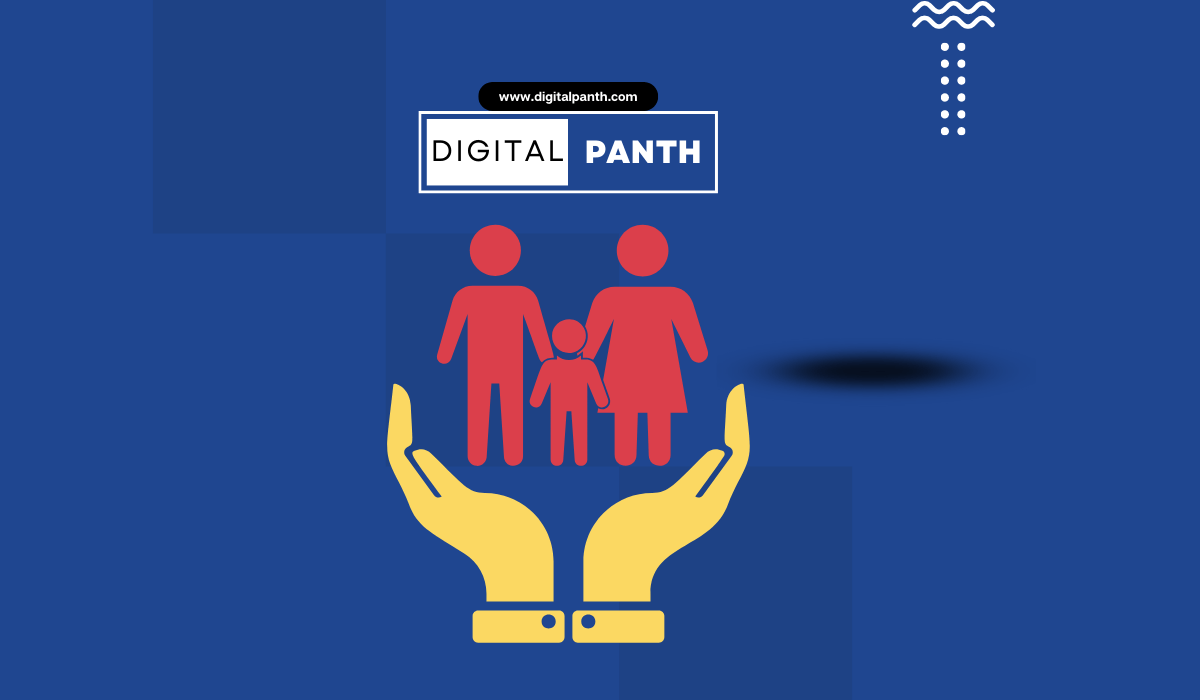Type of Life Insurance Policies Plans? It is essential to purchase the greatest life insurance coverage that meets your financial demands because death is the one thing in life that is guaranteed. Moreover, it is a bigger truth that the loss of any close one can’t be compensated. We have seen everything during the past two years, including incidents that were beyond belief. These trying times have shown us how crucial it is to protect our loved ones and plan for the future. But life goes on. The family of the departed person remains emotionally disturbed, and if the family members get financial support, that becomes a great relief to them.
Read: How to Claim Life Insurance Policy?
Life insurance is a contract between an insurance company and the policyholder that guarantees financial support to the family of the insured person in case of a fatality in return for a certain payment. If the anticipated event—a loss of life—occurs, the insurer will pay the agreed-upon sum to the named beneficiary under a life insurance policy. A life insurance policy is a legal agreement between an insurance company and a policyholder. These life insurance policies provide security in return for the payment of a premium. The life insurance companies would pay a specific amount of money after a specific period of time or upon the demise of the person guaranteed.
Purchasing term insurance coverage would be an excellent step to provide security to your family members. You may quickly evaluate the benefits and drawbacks of each plan, as well as how a plan can help you protect the future of your loved ones, with the use of an online term plan comparison. You can choose the best life insurance policy in India by comparing the details of various policies online.
Benefits of Life Insurance
- Risk Coverage: Insurance protects the family of the insured person against risk by providing financial compensation in lieu of the premiums paid.
- Many plans for various uses: Depending on his need for insurance, insurance companies provide the insured with a variety of policies. More benefits are accessible with a greater premium. These insurances also cover the costs of hospitalization and treatment for major illnesses.
- Encourages saving and supports wealth creation: Insurance plans come with a savings plan that takes the form of investments in successful companies.
- Income Guarantee: Insurance contracts offer a guaranteed sum that will be paid out if the event occurs.
- Loan Facility: Insurance companies offer insured individuals the option to borrow a certain sum of money. This option is only available to some insurance companies.
- Benefits in terms of taxes: Section 80C of the Income Tax Act, 1961, allows the deduction of insurance premiums.
Types of Insurance Policies
There are many types of life insurance policies available for the security of the policyholder and his or her family members:
1- Term Insurance:
This is the simplest and least expensive type of life insurance policy, offering financial security to the policyholder. In exchange, the policyholder pays a set amount of premium over a defined period of time. In the event of your absence, Term Insurance Plans provide a lump sum payment, protecting your family’s financial future. The policyholder and his family are covered for financial support in three different ways:
- Term Insurance: A policyholder’s nominee receives the coverage Amount in return for the selected policy when the policyholder passes away unexpectedly. This type of policy covers the beneficiary in two more ways:
- Term Return of Premium (TROP): The Survival benefit is an added element of the term insurance variant known as Term Return of Premium (TROP). All premiums (except GST) are reimbursed if the policyholder survives the whole term of the policy and receives life insurance.
- Whole Life Insurance: The insured is covered by full life insurance up to the age of 100. The best option if you want to safeguard your family’s financial stability and leave a lasting legacy is whole-life term insurance.
2- Savings Insurance Plan:
A savings plan is a financial tool that provides life insurance benefits as well as assists in the preparation of long-term objectives like home purchase, child education, and many more.
3- Endowment Policies:
Policies known as endowments combine life insurance with guaranteed returns. This kind of plan offers a lump-sum payout upon maturity. Also, it permits the nominee to submit a death claim in the case of the policyholder’s untimely death. Some endowment plans also reward policyholders with bonuses over time.
4- Unit-Linked Insurance Plans (ULIPs):
ULIPs are wealth-building strategies that combine the advantages of insurance and investment planning. Customers can invest in a variety of funds, including bonds, hybrids, and equity funds, depending on their level of risk tolerance, and earn market-linked returns. These programs include a loyalty program, a five-year lock-in term, the ability to switch funds, and partial withdrawals.
5- Money Bank Policies:
If the policyholder survives the policy term, the remaining corpus, together with a bonus, is returned along with a percentage of the insured money that is distributed at regular intervals. If any casualty happens before the policy’s term, the entire sum promised will be reimbursed. The policy additionally offers lump sum distributions for maturity advantages.
6- Whole Life Insurance Policies:
These policies offer extended family protection and 99 years of coverage. These plans are most suitable for policyholders who have dependents because they provide lifelong protection for both the policyholder and their children.
7- Pension, Retirement, and Annuity Plans:
These wealth-building techniques for the policyholder are very beneficial. These plans are useful for their post-working years and guarantee the financial stability of their families. This plan offers both regular income and lump sum payments in case you opt for withdrawal options.
8- Children’s Life Insurance Policy:
Designed to cover the children’s future financial needs, this life insurance policy combines investing and savings tactics. This strategy includes a method for gradual independence once the child reaches adulthood.
9- Group Life Insurance:
This is a type of life insurance that is provided to employees by employers, bank clients, NGOs, non-banking financial organizations, professional associations, and microfinance organizations. This plan offers financial assistance to the employee and their family in the event of the employee’s untimely death. In addition to other benefits, some group insurance plans also cover critical illness, incapacity, and overdue debtor loans.
Conclusion
Your insurance protection acts as a long-term investment with guaranteed returns and risk mitigation. However, it is also true that ill-conceived preparations could prove ineffective in a crisis. Insurance could offer a steady stream of income during trying times. Make a list of your requirements and compare each insurance plan provided by the best insurers.

